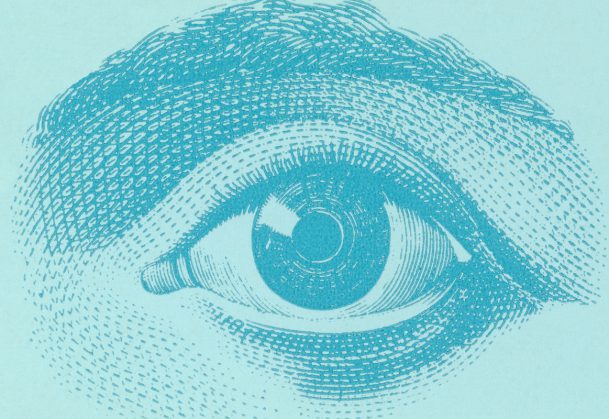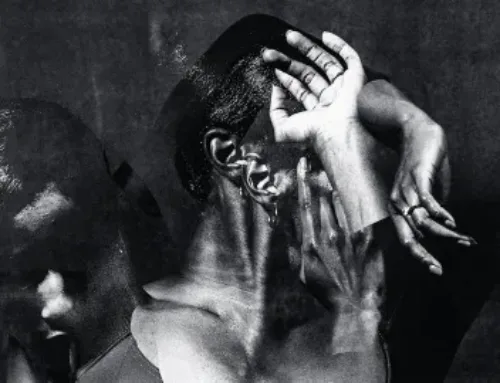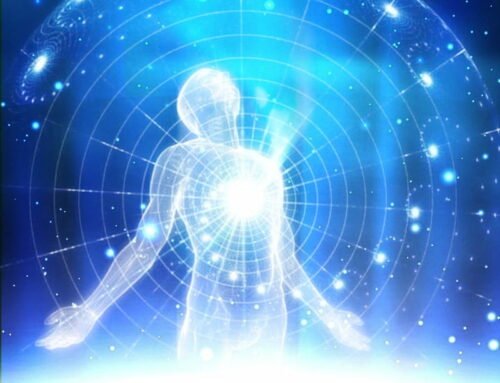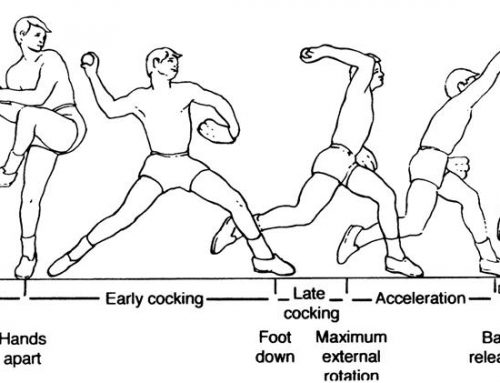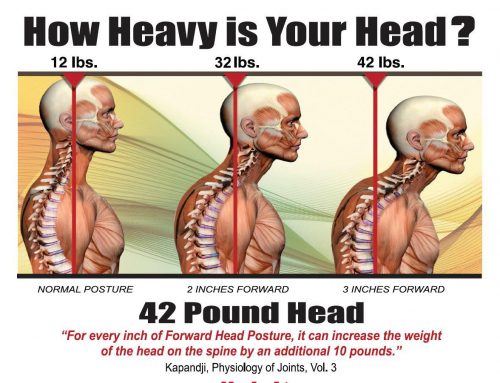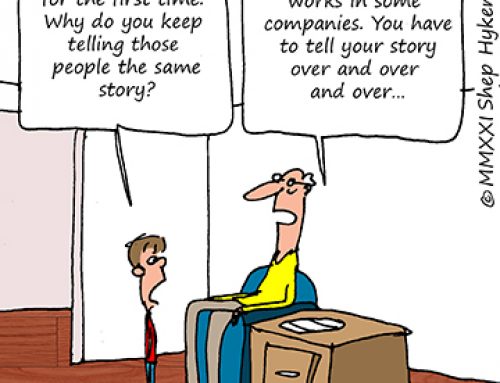Like many of us, I have drastically increased my screen time during lockdown – for me, it’s been through teaching and studying. I’ve noticed a deterioration in my eyesight and have resorted to reading glasses. But am I treating the root cause or the symptom? Now I am not anti-glasses as you have seen me wearing them many times, but if I want to improve myself as best as I can, I need to see the bigger picture and look at the body holistically. This blog is not knocking ophthalmologists, who are outstanding. This is about looking at vision, education, teaching and encouraging critical thinking.
So let’s take a closer look…….
Our mind and sight are connected. Most of our reactions and behaviours come from our hindbrain/ amygdala or hindsight. We are designed to be safe, so many times we often go into fight or flight mode, rather than working on foresight and looking to the future.
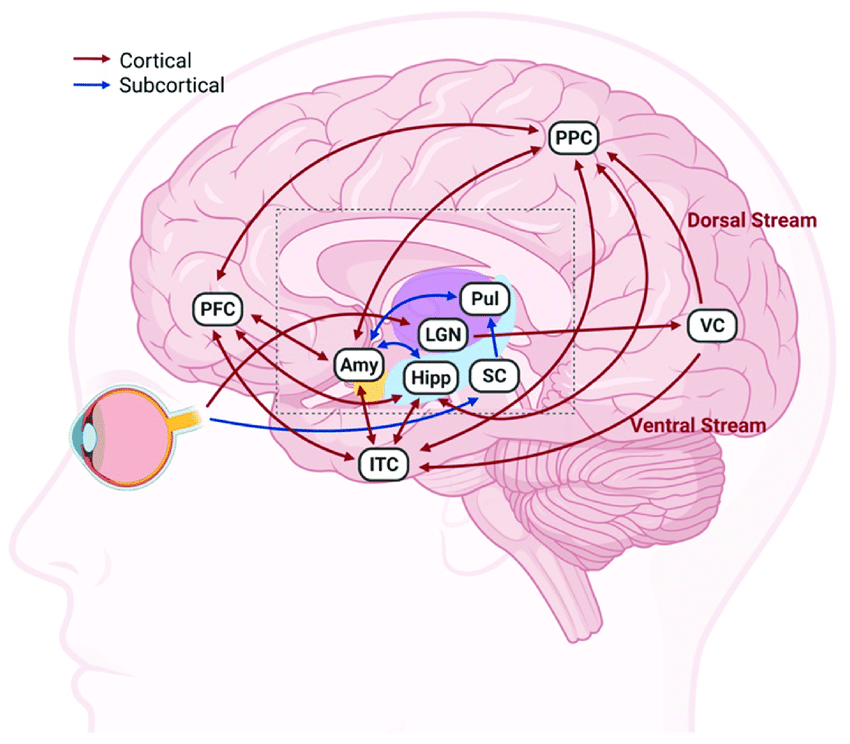
Our eyes and mindset are linked. The way we see the world is reflected in our sight. We need to feel our way in life with more peace, joy and moments of happiness, rather than see our way in life.
Our sight is only one of our senses, switch it off completely and you will have the chance to become more intuitive. Prior to lockdown there was a craze of eating in blindfolded restaurants, so that you start to become more intuitive with other senses.
What we are sensing, creating, being and doing is always reflected in our outside world. All these things can impact the vision and cause disposition and weakness in the eyes.
We can get to the root cause of most things in life by looking at a different perspective, taking a different angle and changing our behavioural reaction. My line of exploration as a Chek practitioner has shown that eyesight problems have connections with chronic pain, muscle and joint issues, plus organ and gland problems. This is because of the correlation of the atlas and upper cervical spine, the atlas/axis placement, plus the connection of the atlas to the spinal cord. Therefore, when these are out, they alter the bodies posture and biomechanics or movement patterns.
The bates method is something that I highly recommend to all clients. This helps us to relax into less prescriptive glasses. Dr Bates has listed many simple methods for achieving natural visual correction, including diet, physical, mental and emotional factors, habits connected to how we see things, body posture and eye exercises. The bates method is a philosophy of seeing and exploring our relationships between our mind, body and eyes using breath. Using relaxation and stimulation techniques will not only help your eyes but your whole body. What are you doing or thinking that is causing issues in the sight, requires commitment, discipline and a greater quality of life? Also without assessing and providing protocols for the atlas and cervical spine, the vison and vestibular will always be out of sync.
The mind and eyes are connected. The strain of the mind shows in the vestibular system. Once our minds become clear, our eyes and ears become open. The neck contributes to the eyes and also neck pain is linked to all the systems of the body. Palming as in the picture below is not just seeing with the eyes but seeing with the mind. A squint (strabismus) is often associated in children who reported problems with self-image and experiences being teased for eye misalignment, glasses, and/or patching. Research suggests that patients with strabismus may have a higher risk of developing mental illness. Senior ophthalmic surgeon W.S Inman in Portsmouth and Southants eye and ear hospital wrote: “It’s mode of onset and variability is states of fear or other excitement suggests that whatever may be the influence of the error of refraction, some other factor must be at work determining the breakdown of the binocular function, but the difficulties of direct investigation of the child’s mind appeared insurmountable and for some time after my attention was down to such a possibility that I had to content myself with observations confirming the suspicion that the deformity was dependent upon mental states”.1
It takes 18-24 months for the strain of the mind to manifest itself within the eyes.2 Short sightedness on a psychological view is a reflection of our fear of the future. We blur out of sight, our sight, lifestyle, genetics and our coping mechanisms in life are always reflected in our body. We are never told to help our health.
The eyes have no prejudices, it is the mind that holds us back. What chakra does the problem fall onto, is it the right side (male) or the left side (female). Presbyopia is a refractive error that makes it hard for middle-aged and older adults to see things up close. It happens because the lens (an inner part of the eye that helps the eye focus) stops focusing light correctly on the retina (a light-sensitive layer of tissue at the back of the eye). Presbyopia is linked with fear of the present, not seeing as well or not being in the present moment. We need to have more patience and compassion with ourselves. What is bugging you? Our neck needs to be free and fluid in order for the eyes to follow.
There are many eye conditions such as cataracts and glaucoma and these are often linked with emotions. Are you seeing the point in life? Are you focusing on anger and resentment from the past? Are you finding your life a real stretch and strain?
Corrective glasses are brilliant at short term goals but tend not to address the root cause of the problem. We can definitely see beautifully using them, but not peripherally (which is the wider picture).
The rods of the retina are stimulating the periphery. The periphery in turn stimulates the cones of the retina. The rods and cones communicate between each other. The average glasses wearer visits the optician every two years. Each visit their sight can often get a little worse rather than a little better. Each time the lenses are changed, the mind has to adjust and this can often cause, neck and jaw issues. The eyeball also can get dryer as we age, and this is why diet and lifestyle effect our thoughts and our eyes. The eyes use 25% of our nutritional needs, they also use 8—90% of the body’s vitality.3
When our eyes strain, they will use more energy. The eyes also use 1/3 as much oxygen as the heart. We need to remember the flow of blood and oxygen to the eyes and brain.
Sleep essentials
Although blue light glasses restrict peripheral vision, they are handy for reading and working at night. Also black out curtains and blinds help one get a good sleep, as there is less eye strain. Without good sleep we can often wake up feeling grit in the eyes. Relaxation palming before and after sleep can release strain and tension. There is great healing in the palms of the hands. We need to lift our eyes from the phone screens every 3-4 seconds, we are usually glued 12-13 seconds. Are we losing our larger perspectives by always being in our screens and only seeing forwards. Working on the computer all the time promotes a shallow breath. Try and have plants around you as much as you can when you work and colours and objects so that you are not just focusing on the screen. Also getting morning sunlight and daylight are best. Remember the eyes are the portal to the brain. We need to be able to see all points of view in life.

Conclusion
Move differently, stimulate your perspectives by changing your environment. The eyes are windows to the soul because they are the most honest part of the face. For example, we can control our mouths, but we don’t control our eyes. When you’re truly happy, your eyes become bigger and brighter involuntarily and give you away, but they look smaller when you’re sad and worried.
Bibliography

